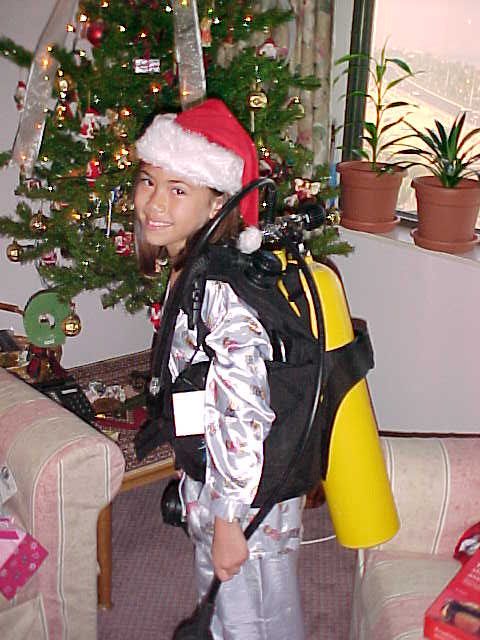I used to only dive one tank and then started diving tech, and when I dive recreationally I still take a sling tank of some sort. One is redundancy for myself. The second is redundancy for my buddies. Now everyone is keen to ask why I dont use my occy for them? Well when you dive with people you dont know, and often of mixed skills, you might be surprised as to how often people get low on air (and not me), and given I often dive in mixed groups, currents and poor vis, I have found the easiest way to be able to care for a group is to have a 5 litre sling tank or 3 litre pony bottle. I pass this onto the first person with low air, and this then allows me to be available for the next emergency, rather than tying myself to the low on air diver and then cannot easily respond to the next issue which I have had to do on a number of occasions. If the OP has been shown how to charge and deploy a sling tank or pony, the O ring failure on that item is much less (and given I use only DIN, near impossible for me).
I would have no issue with the OP taking a pony, and would try and ensure he is familiar with it before the dive. It gives him redundancy and I would stress that its for an EMERGENCY and not just a bit more air to use on the dive. I dont use my "emergency" air unless its an emergency!
I would prefer my buddy to have spare air, than not give a damn about their air and assume I am there as their ascent air supply! I give the OP points for thinking redundancy with only 25 dives under his belt.
I would have no issue with the OP taking a pony, and would try and ensure he is familiar with it before the dive. It gives him redundancy and I would stress that its for an EMERGENCY and not just a bit more air to use on the dive. I dont use my "emergency" air unless its an emergency!
I would prefer my buddy to have spare air, than not give a damn about their air and assume I am there as their ascent air supply! I give the OP points for thinking redundancy with only 25 dives under his belt.





